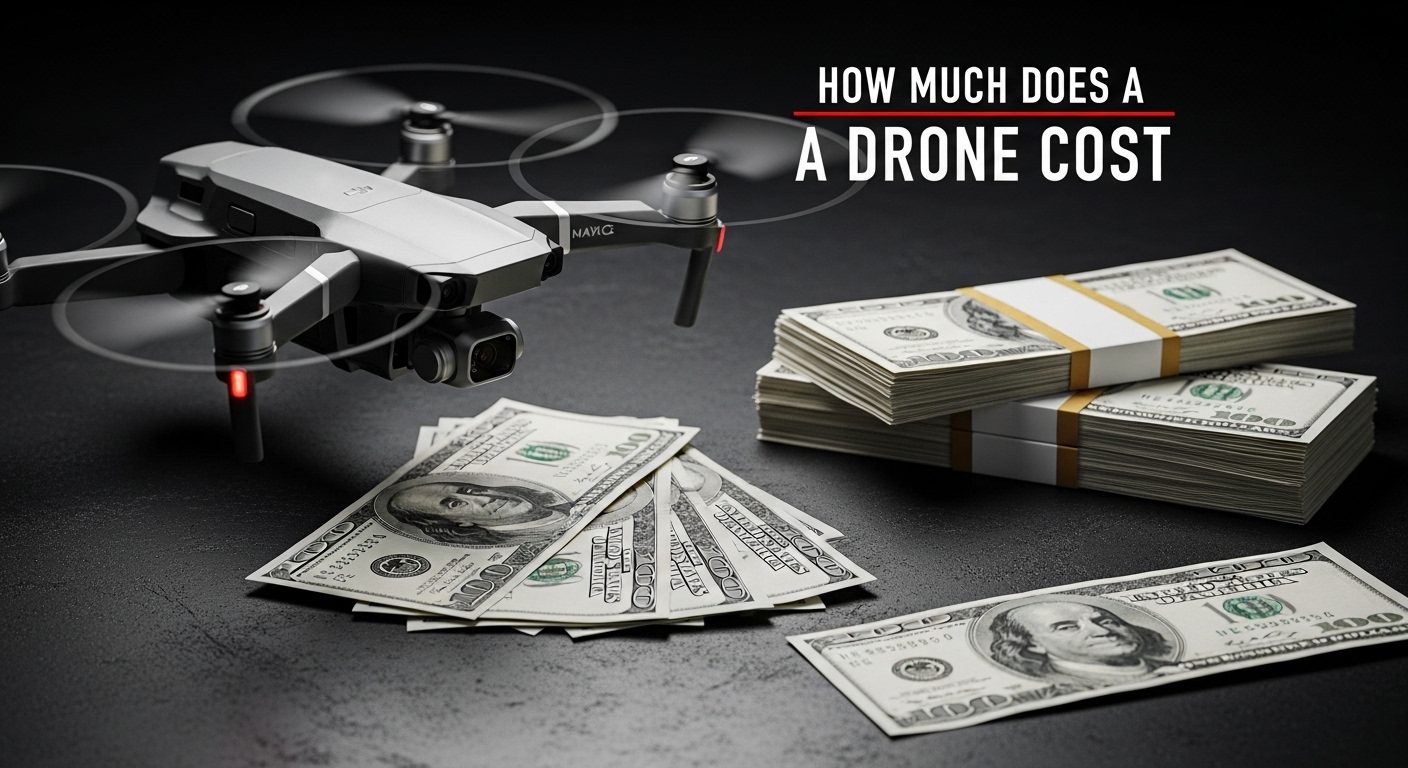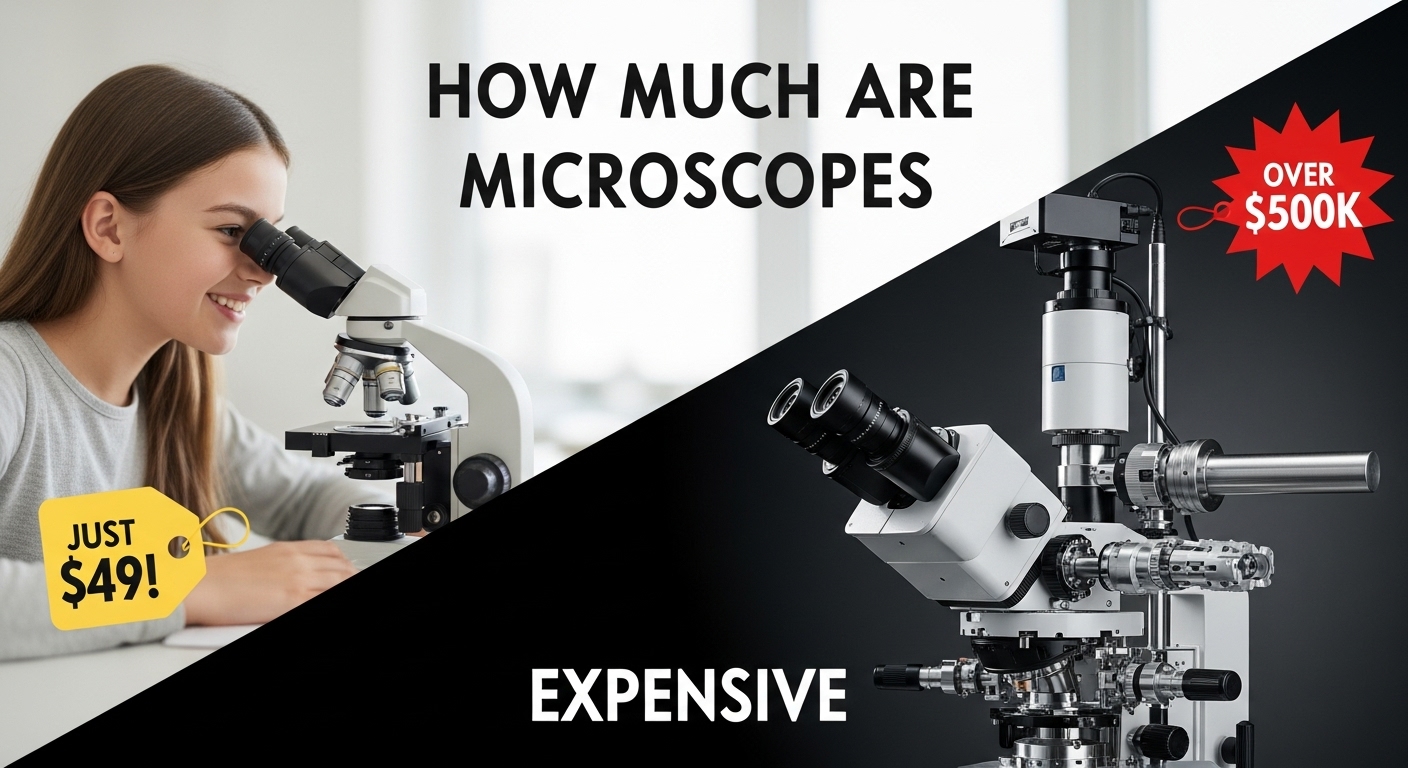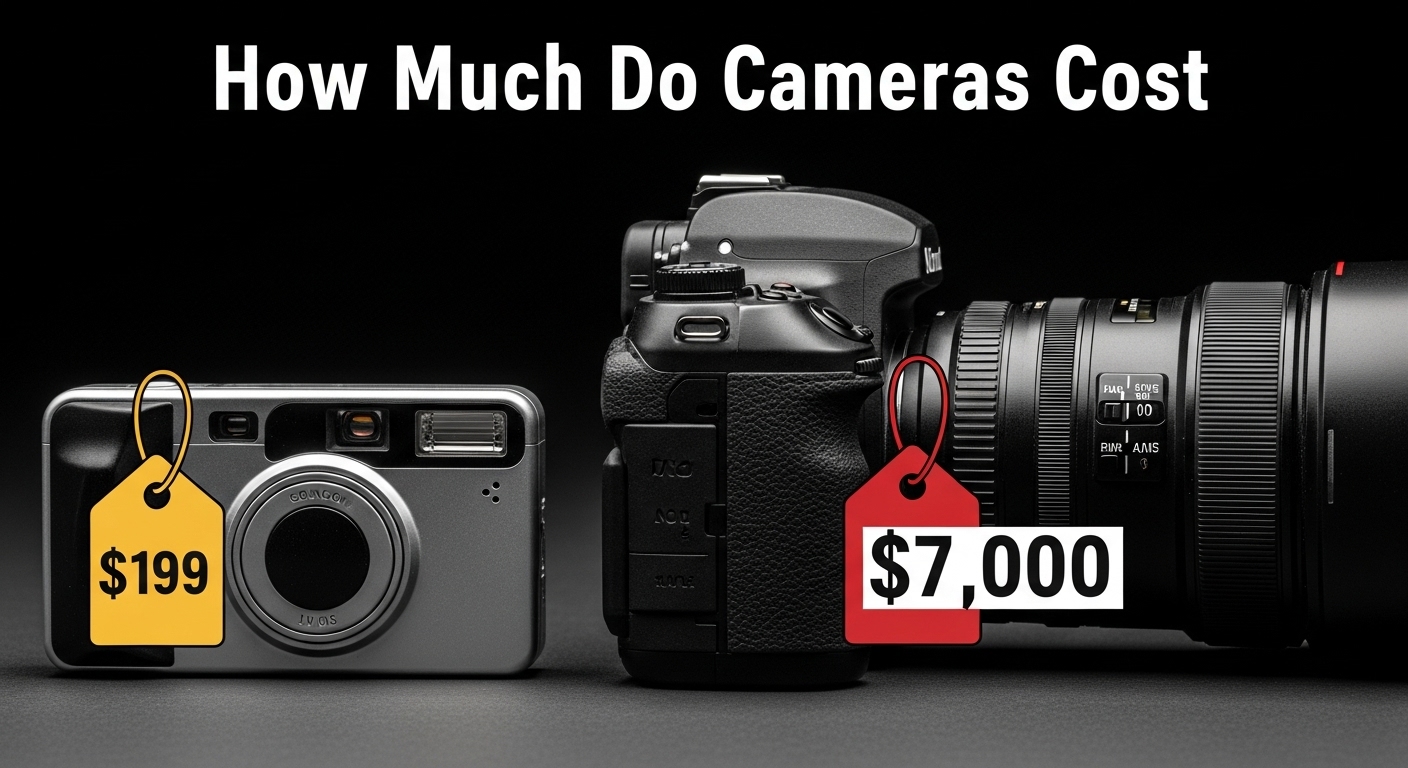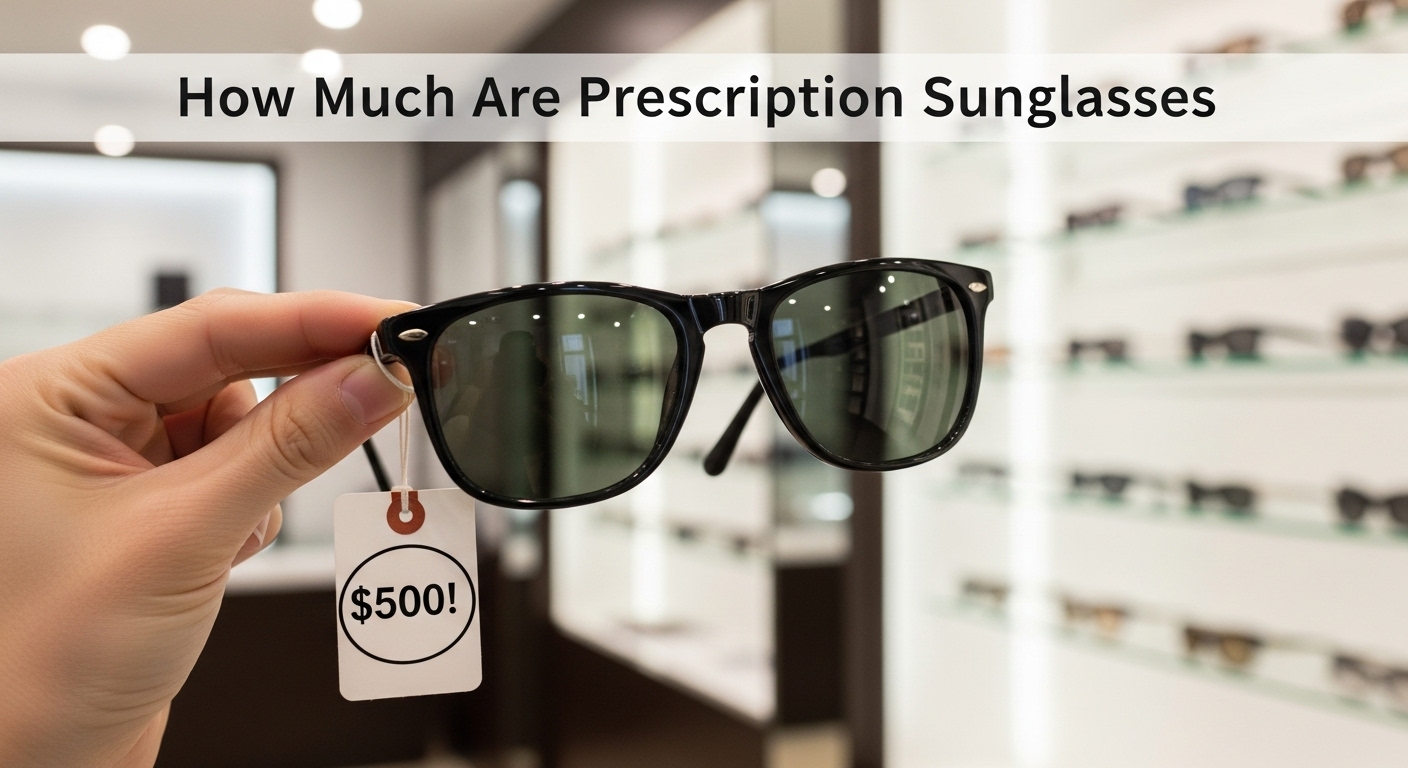



Microscopes range from under $50 for basic toy models to over $100,000 for research-grade electron microscopes, with most quality models falling between $200-$10,000. The price depends on optical quality, magnification capabilities, intended use, and brand reputation.
After analyzing the microscope market and examining hundreds of models across different categories, I’ve found that understanding microscope pricing requires looking beyond just the sticker price. Total ownership costs, accessories, and long-term value all play crucial roles in determining whether you’re getting a good deal.
Whether you’re a parent buying for a curious child, a student needing reliable lab equipment, or a professional researcher investing in advanced optics, this guide will help you navigate the complex microscope market and make an informed decision that matches your needs and budget.
Microscope costs vary dramatically based on quality, features, and intended use. Based on current market analysis, here’s what you can expect to spend:
| Category | Price Range | Typical Use | Key Features |
|---|---|---|---|
| Toy/BEGINNER | $20-$50 | Children’s introduction | Basic magnification, plastic build |
| Student/Home | $100-$500 | School projects, hobbies | Metal construction, decent optics |
| College/Advanced | $500-$2,000 | University coursework | Quality optics, advanced features |
| Laboratory | $2,000-$10,000 | Research, clinical work | Professional grade, precision |
| Research/Professional | $10,000-$100,000 | Advanced research | Specialized, cutting-edge tech |
The sweet spot for most users lies in the $200-$800 range, where you’ll find reliable microscopes with good optical quality that won’t break the bank. These models typically offer magnification from 40x to 1000x with decent image clarity and durability.
Understanding what drives microscope costs helps you make smarter purchasing decisions. From my experience working with various microscopy applications, these factors impact pricing the most:
Different microscope types serve different purposes, and their pricing reflects their specialized nature. Here’s what you can expect to pay:
Compound microscopes use multiple lenses to achieve high magnification, making them ideal for viewing thin specimens like cells and bacteria. Student models start around $100, while research-grade compound microscopes can exceed $50,000.
For most educational purposes, a $200-$500 compound microscope with 400x-1000x magnification provides excellent value. These typically include achromatic lenses, LED illumination, and sturdy metal construction.
Stereo (or dissecting) microscopes provide 3D viewing at lower magnification (typically 7x-40x). They’re perfect for examining larger specimens, dissection work, electronics repair, and botanical studies.
Quality stereo microscopes start around $200 for hobbyist use. Professional models with zoom capabilities and high-quality optics range from $1,000-$8,000. For electronics repair, expect to spend $300-$600 for a reliable stereo microscope.
Digital microscopes integrate cameras and displays, eliminating the need for eyepieces. They’ve revolutionized microscopy education and documentation. Basic USB digital microscopes start as low as $40, while professional digital systems can cost $5,000+.
For most users, a $100-$300 digital microscope provides good image quality and connectivity features. These are excellent for sharing images, recording observations, and classroom demonstrations.
Specialized microscopes serve specific applications and carry premium prices:
The microscope price tag is just the beginning. Based on community feedback and personal experience, budget an additional 20-40% for essential accessories:
⚠️ Important: Factor in accessory costs when budgeting. Many first-time buyers underestimate the total investment needed.
| Accessory | Cost Range | Necessity |
|---|---|---|
| Slide sets | $20-$100 | Essential |
| Cover slips | $5-$30 | Essential |
| Staining kits | $30-$150 | Recommended |
| Carrying case | $25-$100 | Recommended |
| Maintenance kit | $15-$50 | Essential |
| Digital camera | $100-$2,000 | Optional |
Don’t forget ongoing costs like replacement bulbs (for non-LED models), cleaning supplies, and potential calibration services. These typically add $50-$200 annually depending on usage.
The used microscope market offers incredible value for informed buyers. I’ve seen professional microscopes worth $5,000 sell for $500-$1,000 when laboratories upgrade. However, buying used requires caution:
Quick Summary: Used microscopes can save 50-80% but buy from reputable dealers with return policies. Check optical alignment and mechanical condition before purchasing.
Reddit microscopy communities frequently share success stories finding quality used microscopes for under $300 that retail new for over $1,000. However, others report frustrating experiences with broken focus mechanisms or cloudy optics.
After helping dozens of users select microscopes, I’ve found that matching the microscope to your specific needs saves money and frustration. Consider these scenarios:
Focus on durability and ease of use over high magnification. Student microscopes in this range should have metal construction, simple operation, and lower magnification (40x-400x).
Invest in quality optics and features you’ll grow into. Look for achromatic lenses, mechanical stage, and 1000x magnification capability. These models will last through years of study.
Balance features and budget based on your interests. Naturalists might prefer stereo microscopes, while microbiology enthusiasts need compound microscopes with good optics.
Prioritize precision, reliability, and specific features for your application. Consider total cost of ownership, warranty, and service support when making your selection.
✅ Pro Tip: Check for educational discounts if you’re buying for schools or qualifying institutions. Many manufacturers offer 10-20% discounts.
Different brands occupy different price tiers and quality levels:
For a detailed comparison of microscope types and their specific applications, check out our guide to simple vs compound microscopes.
Timing and shopping strategy can save you 20-50% on microscope purchases:
After testing microscopes across all price ranges, I’ve found that diminishing returns kick in around $1,000 for most users. The jump from $100 to $400 brings massive improvements in optics and build quality. The jump from $1,000 to $5,000 offers specialized features most users won’t need.
However, for specific applications like fluorescence microscopy or high-magnification research, investing in premium equipment makes sense. The key is matching the microscope to your actual needs, not buying more capability than you’ll use.
A good quality microscope for educational or hobbyist use typically costs between $200-$800. This range provides reliable construction, decent optics, and useful features without professional-grade complexity.
Beginners should budget $150-$300 for a quality entry-level microscope. This price point ensures metal construction, usable magnification (40x-400x), and adequate image quality for learning and exploration.
Seeing bacteria requires at least 400x magnification and quality optics. Most microscopes under $100 struggle to resolve bacteria clearly. For reliable bacterial observation, budget at least $200-$300 for a compound microscope with 1000x capability.
Microscope costs reflect precision engineering, quality optics, and specialized manufacturing. High-quality glass lenses, precision mechanics, and research and development all contribute to pricing. Professional models add specialized features and rigorous quality control.
Best brands vary by budget: AmScope offers excellent value under $1,000, while professionals choose Nikon, Olympus, Zeiss, or Leica for premium performance. National Optical and Accu-Scope provide reliable mid-range options.
Used microscopes can offer exceptional value, often 50-80% below retail prices. However, buy from reputable dealers who test and warranty their equipment. Professional models often provide the best used value due to their superior construction.
For a first microscope, budget $200-$500. This range provides quality optics and features that will encourage continued use without the frustrations of cheaper models. Avoid under-$50 microscopes which often disappoint users.
At 1000x magnification, you can observe bacteria, blood cells, algae, and protozoa. However, 1000x magnification requires proper specimen preparation, immersion oil, and quality optics to be effective.
Microscope investments should align with your intended use and budget constraints. The market offers quality options at every price point, but avoiding the ultra-cheap category (under $50) will save you frustration and disappointment.
Remember that the best microscope is one you’ll actually use. Consider your specific applications, ease of use, and available support when making your decision. With proper care, a quality microscope will provide years of discovery and learning opportunities.
For more information on optical instruments and their applications, explore our comprehensive guide to types of scopes available today.







